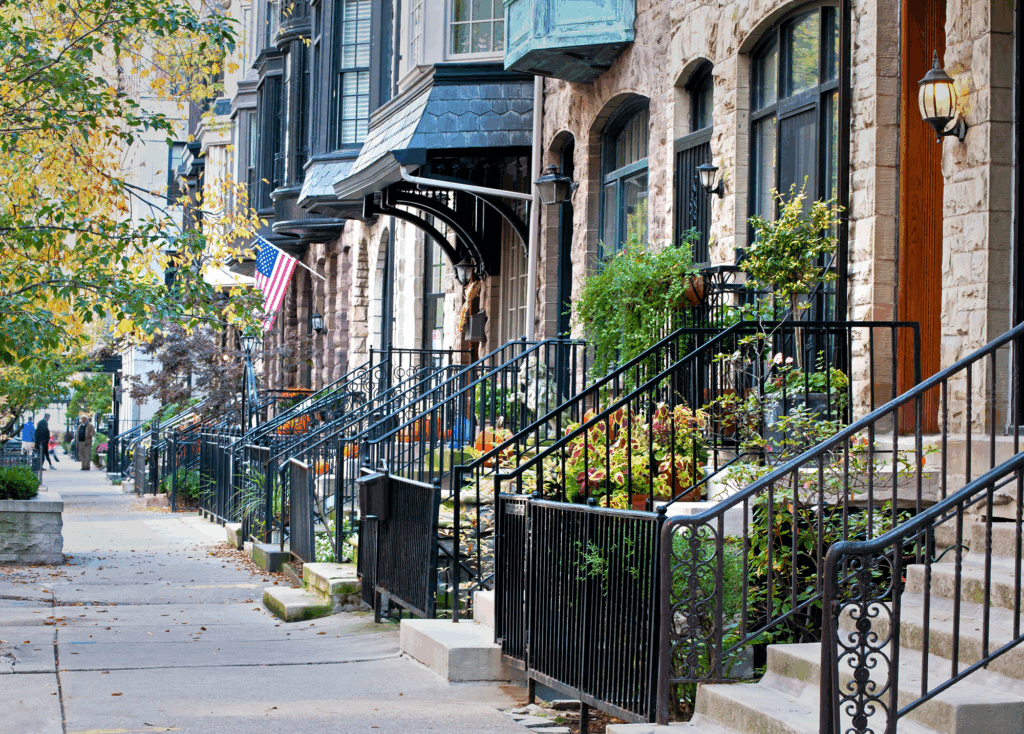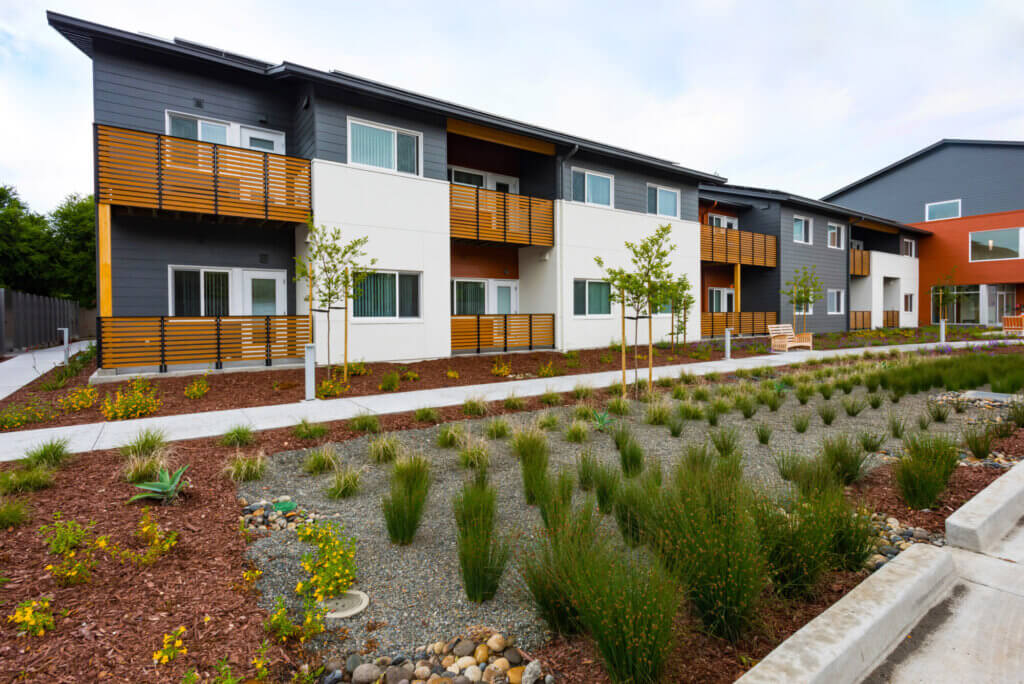Will Allowing Duplexes and Lot Splits on Parcels Zoned for Single-Family Create New Homes?
Published On July 21, 2021
Senate Bill 9 is one of the highest-profile housing-related bills in California’s current legislative session, and aims to expand the state’s capacity for smaller-scaled housing, particularly in higher-resourced, single-family neighborhoods. Building on the recent legislation to open single-family neighborhoods to accessory dwelling units (ADUs), SB 9 would allow for the development of multiple new, for-sale homes on existing single-family lots either by splitting the lot or through the conversion of existing single-family homes into a duplex. But if SB 9 passes, factors such as local market prices, development costs, and local regulations will influence the amount and type of new housing that could be built.
Our new analysis explores the potential impact of SB 9 on new housing supply by modeling the financial feasibility of new home construction as allowed by the current version of the bill. Authored by Managing Director Ben Metcalf and Policy Director David Garcia in partnership with Ian Carlton and Kate Macfarlane from MapCraft Labs, the analysis finds that SB 9 would enable new development where none was financially feasible before on around 110,000 single-family parcels, representing just 1.5% of total single family parcels statewide. SB 9 would provide a boost in three- and four-unit feasibility, but duplexes would be the most dominant form of financially-feasible development. On sites where additions of ADUs already made sense, development might intensify (resulting in three or four units instead of two or three units), and the rate of actual uptake may increase to the extent that SB 9 unlocks new financing and homeownership opportunities. We also found that SB 9 will not lead to a significant demolition of existing housing stock, as nearly 97 percent of single family homes would be retained.
The amount of new units varies widely by region. Los Angeles County has the largest number of overall new homes that would be enabled by the bill. Most Central Valley counties, such as Fresno, Merced, Kern, and Stanislaus, showed below average potential for new homes per parcel, while coastal counties such as Marin, Santa Cruz, San Luis Obispo, and Santa Barbara counties showed higher than average per parcel unit ratios, which signals that rents and home sales prices would financially support new homes resulting from SB 9.
While a step towards alleviating the state’s affordability crisis, the new capacity enabled by SB 9 would represent only a fraction of the overall supply needed and policymakers should consider complementary strategies to expand homeownership opportunities and expand new housing supply.





